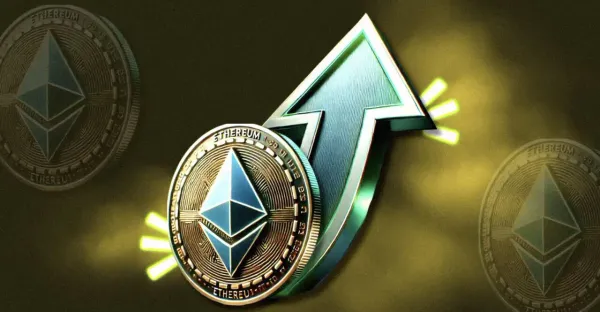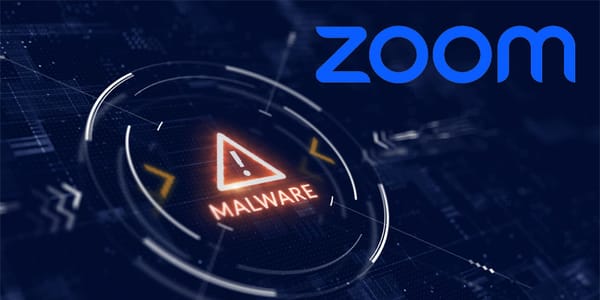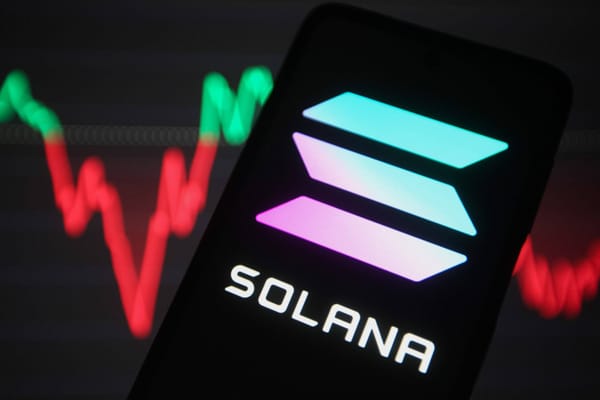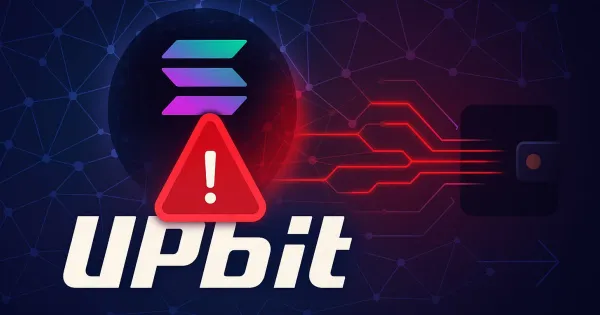How Play-to-Airdrop Is Transforming Game Engagement and Retention

A New Frontier in Gaming: Play-to-Airdrop (P2A) on Avalanche Blockchain

A groundbreaking marketing strategy, Play-to-Airdrop (P2A), is making waves among developers and gamers alike, revolutionizing how games attract and retain users. This approach represents a fresh twist on the popular Play-to-Earn (P2E) model that has dominated recent years. In this article, we delve into the Play-to-Airdrop (P2A) model and its impact on web3 games such as Spellborne, Fableborne, and BloodLoop, all built on the Avalanche blockchain.
How Play-to-Airdrop Is Transforming Game Engagement and Retention
Play-to-Airdrop (P2A) on Avalanche Blockchain

First, Key Definitions
- Play-to-Airdrop (P2A): A marketing strategy incentivizing players with potential future token airdrops linked to their in-game activities and engagement, including content creation.
- Play-to-Earn (P2E): A genre where players earn valuable commodities with real-world value through in-game activities, enabled by tokens and NFTs.
- Blockchain Game: Any game leveraging blockchain technology to enhance or redesign traditional video game mechanics.
- NFT Game: A video game integrating NFTs as a core component of gameplay and its economy.
Play-To-Earn Model Explained

Play-to-Earn (P2E) games reward players with tangible assets of real-world value, contrasting with traditional games where progress remains confined within the game ecosystem without external value.
What is Play-to-Airdrop (P2A)?
Play-to-Airdrop (P2A) differs from P2E by offering potential future token airdrops instead of immediate rewards for in-game activities. This model builds anticipation and speculation among players.
In P2A, players accumulate points or complete specific tasks, increasing their likelihood of receiving future airdrops or a larger share of token distributions.
Why Play-to-Airdrop (P2A) Is Gaining Traction
- Balanced Economy: Developers manage the game's economy more flexibly by delaying token distribution, avoiding rapid inflation common in P2E games.
- Increased Engagement: Future rewards motivate sustained player activity.
- Speculation and Excitement: Uncertainty around future rewards fosters viral growth and excitement.
- Community Building: P2A encourages player investment in the game's community and long-term success.
The Competitive Web2 Gaming Market
The traditional gaming market is fiercely competitive, with high failure rates in achieving substantial sales or revenue within the first weeks.
Three Blockchain Games on Avalanche
Fableborne, Spellborne, and BloodLoop on Avalanche have adopted P2A, experiencing initial success:
- BloodLoop: 15,000 players
- Fableborne: 50,000 players
- Spellborne: 100,000 players

Case Study: The Recent Success of Spellborne Using P2A
Spellborne showcases the potential of P2A:
- 100,000 Signups: Demonstrates strong initial interest.
- 2.1 Million Battles, 140,000 Monsters Captured: Highlights robust player engagement.
- 12,000 Daily Active Users (DAU): Indicates successful retention and engagement strategies.

These metrics underscore P2A's potential to enhance acquisition and retention in web3 games.
Final Thoughts
In conclusion, the Play-to-Airdrop (P2A) model represents a potent tool reshaping gaming, as evidenced by games like Spellborne, Fableborne, and BloodLoop on Avalanche. P2A has the capability to redefine community-building and player engagement strategies in the gaming industry.



